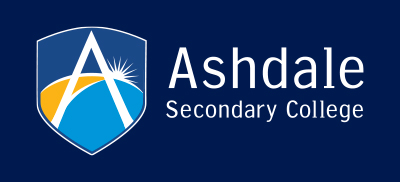Japanese
Students begin their study of Japanese in secondary school with little to no prior experience of the Japanese language and culture. Many will have learnt an additional language in primary school and bring existing language learning strategies, textual knowledge and intercultural awareness to the new experience of learning Japanese. Skills in analysing, comparing and reflecting on language and culture in the languages are mutually supportive. Students may need encouragement to take risks in learning a new language at this stage in their social development and consider how the experience influences their first language and culture.
In Year 7, students communicate in Japanese, interacting with peers and known adults to exchange information about self, family and friends, and interests. They engage in individual and collaborative tasks that involve working together to highlight their language learning for family, friends and their school community. Students identify topics, gist and specific points of information from texts related to aspects of their personal and social worlds, convey the information and ideas and use them in new ways. They respond to imaginative texts by discussing aspects, such as characters, events and/or key ideas. Students create simple own or shared imaginative texts by reinterpreting or adapting familiar texts and/or using modelled structures and language.
Students become familiar with the systems of the Japanese language when they encounter simple spoken and written texts. They use features of the Japanese sound system to convey meaning, including pitch, accent, rhythm and intonation, pronounce all the sounds in the kana chart, and become familiar with how sounds are produced and represented in the three different character-based scripts, katakana, hiragana and kanji. Students recognise the relationship between the three different scripts and apply the basic principles of stroke order to read and write simple texts using all hiragana and simple high-frequency kanji. They generate language for a range of purposes in spoken and written texts by recognising and using context-related vocabulary and elements of the Japanese grammatical system, including a range of particles to perform different functions, い and な adjectives in the present tense in basic sentences, and the rule that Japanese sentences end with a predicate. They build a metalanguage in Japanese to talk about vocabulary and grammar concepts. Students reflect on their and others’ responses to interactions and intercultural experiences and use these reflections to improve intercultural communication.
In Year 7, students learn Japanese through rich and varied language input and the provision of challenging but achievable experiences. English is predominantly used for discussion, clarification, explanation, analysis and reflection. To assist students in the language learning process, support is provided by the classroom teacher in the form of scaffolding, modelling and monitoring, explicit instruction and feedback, structured opportunities for understanding and practising a new language, and the chance to revisit, recycle and review.

